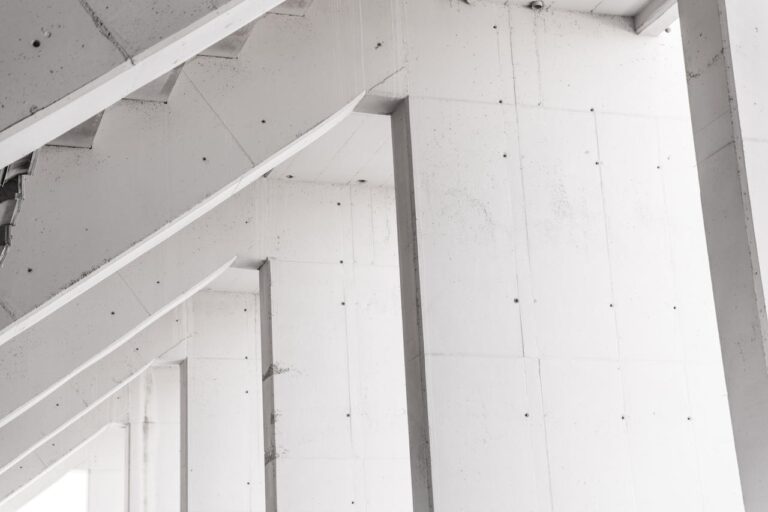
Buying your first home is a thrilling milestone, but it comes with complex financial decisions, particularly when choosing between fixed and variable-rate mortgages. This guide will cover the basics of both types, highlighting their benefits and drawbacks, so you can confidently decide which option best fits your needs and goals.
Understanding Fixed Rate Mortgages
A fixed-rate mortgage is one where the interest rate remains constant throughout the loan term. This means your monthly payments are predictable and won’t change regardless of market fluctuations. Fixed-rate mortgages are typically offered in terms such as 15, 20, or 30 years.
One major advantage of fixed-rate mortgages is the stability they offer. Knowing your monthly payment will remain the same over time makes budgeting easier. This predictability can be particularly beneficial for first-time homebuyers who may already be juggling new financial responsibilities.
However, fixed-rate mortgages aren’t without their drawbacks. They often start with higher interest rates compared to variable rate options, which could mean higher initial payments. Additionally, if market rates decrease, you won’t benefit from lower payments unless you refinance your loan.
Fixed-rate mortgages are ideal for individuals who value stability and plan to stay in their homes long-term. They’re also a good choice if you expect interest rates to rise in the future.
Understanding Variable Rate Mortgages
In contrast, a variable rate mortgage features an interest rate that changes over time, typically in relation to a benchmark interest rate index. This means your monthly payments can fluctuate, sometimes significantly, during the term of the loan.
Variable-rate mortgages often start with lower interest rates than fixed-rate mortgages, making them initially more affordable. If interest rates decrease, your monthly payments may also decrease, offering potential savings.
However, the downside to variable-rate mortgages is their unpredictability. If interest rates rise, so do your monthly payments, which can make budgeting more challenging. This potential for variability can be stressful, particularly for first-time buyers or those with tighter budgets. In such cases, personal loans like those available in Utah can provide a more stable financing option.
Variable-rate mortgages may appeal to individuals who are willing to take on some risk for the possibility of lower payments. They’re often chosen by people who plan to sell or refinance before rates potentially increase or those who expect interest rates to drop.
Comparing the Two
When comparing fixed and variable-rate mortgages, it’s crucial to weigh various factors. A fixed-rate offers stability, while a variable rate could provide initial cost savings. Consider your plans—how long you intend to stay in the home—and how well you can handle fluctuations in payments.
Deciding between these options requires careful consideration of your financial goals, risk tolerance, and market conditions. It’s essential to think about not just your current situation, but also potential future scenarios.
Making the Decision
Before deciding on a mortgage type, evaluate your financial situation thoroughly. Analyze your budget, income stability, and long-term plans. Are you comfortable with the potential for fluctuating payments, or do you prefer the peace of mind that comes with fixed payments?
Here’s a step-by-step process to help you decide:
- Calculate your monthly budget to determine how much you can afford for housing.
- Review your short and long-term financial goals. Consider factors like job stability, family plans, and potential relocations.
- Explore both fixed and variable rate scenarios using mortgage calculators to understand potential payment changes.
- Consult with a financial advisor or mortgage specialist. They can provide personalized advice based on your specific circumstances and market conditions.
Choosing the right mortgage is a significant decision, and seeking expert guidance can help ensure you make an informed choice that aligns with your financial well-being.
Also Read: Who’s the Best Mortgage Lender for You?
Conclusion
Now that you understand the basics of fixed and variable rate mortgages, you’re well-equipped to navigate the mortgage maze. Remember that stability often comes with a higher initial cost, while variability can offer savings initially but may bring uncertainty in the long run.








